Just a short drive from the bustling streets of Rome, the Castelli Romani offers a refreshing escape into a world of charming hill towns, volcanic lakes, and exceptional wines. I discovered these picturesque villages during my recent trip to Lazio. Ancient history blends seamlessly with delightful food and wine traditions.
The Castelli Romani isn’t actually a collection of castles as the name might suggest, but rather a cluster of beautiful hill towns southeast of Rome. They have been popular retreats since ancient times.
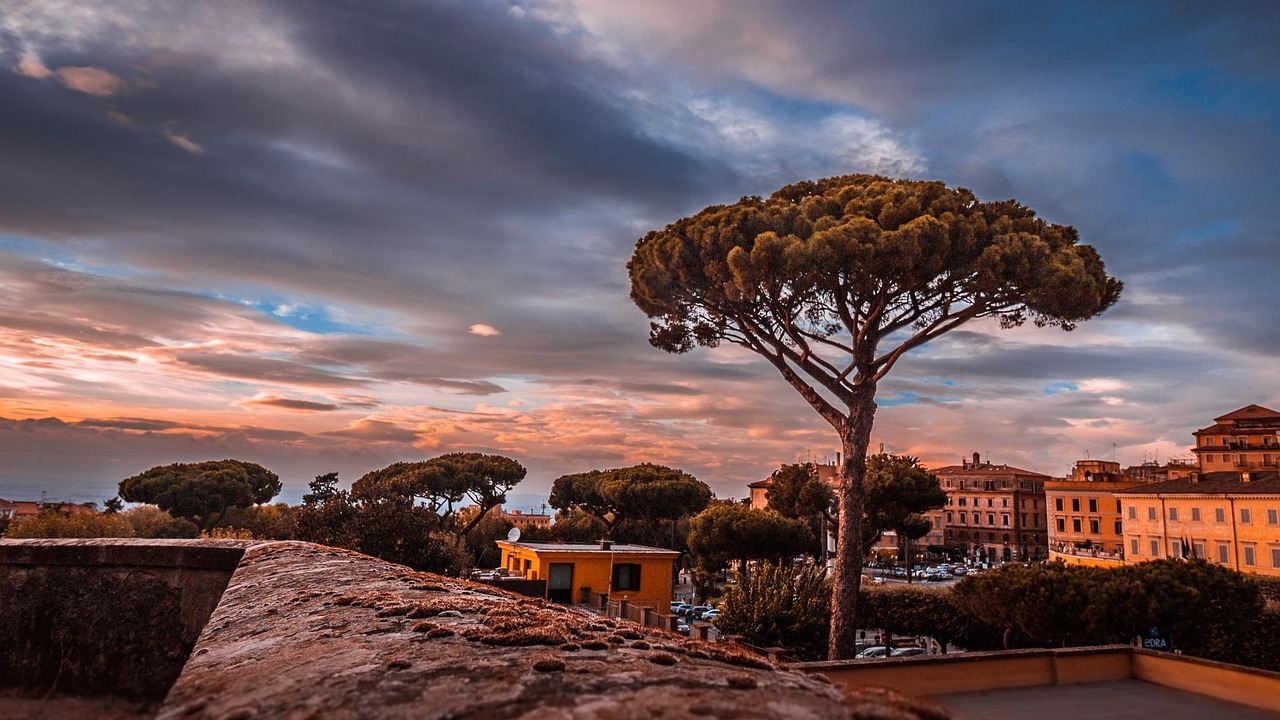
Nestled in the Alban Hills, towns like Nemi and Frascati reflect in the calm waters of volcanic lakes. They create postcard-perfect scenes that captivated me at every turn. Each village has its own character and charm, from archaeological sites to stately villas that once housed Roman nobility seeking respite from city life. The regional park preserves this unique landscape that has been producing celebrated wines for generations.

The area’s wine culture is perhaps what drew me most deeply into the heart of Castelli Romani. Sipping a glass of local white wine while gazing across Lake Albano, I understood why Romans have been escaping to these hills for centuries. The DOC wines produced here carry the distinct character of volcanic soils and traditional winemaking methods that have been perfected over time.
Exploring the Heart of Castelli Romani
The true essence of Castelli Romani lies in its charming towns nestled among volcanic hills. Each location offers unique experiences, from centuries-old wine traditions to historic papal retreats with stunning lake views.
The Charm of Frascati and Its Wine Culture
Walking through Frascati, I immediately fell in love with its elegant villas and vibrant atmosphere. This town is the crown jewel of Castelli Romani’s wine culture, home to vineyards that have been producing excellent wines for over 300 years.
Villa Aldobrandini stands as Frascati’s most impressive landmark. Its magnificent gardens and water features make it a perfect spot for an afternoon stroll after wine tasting.
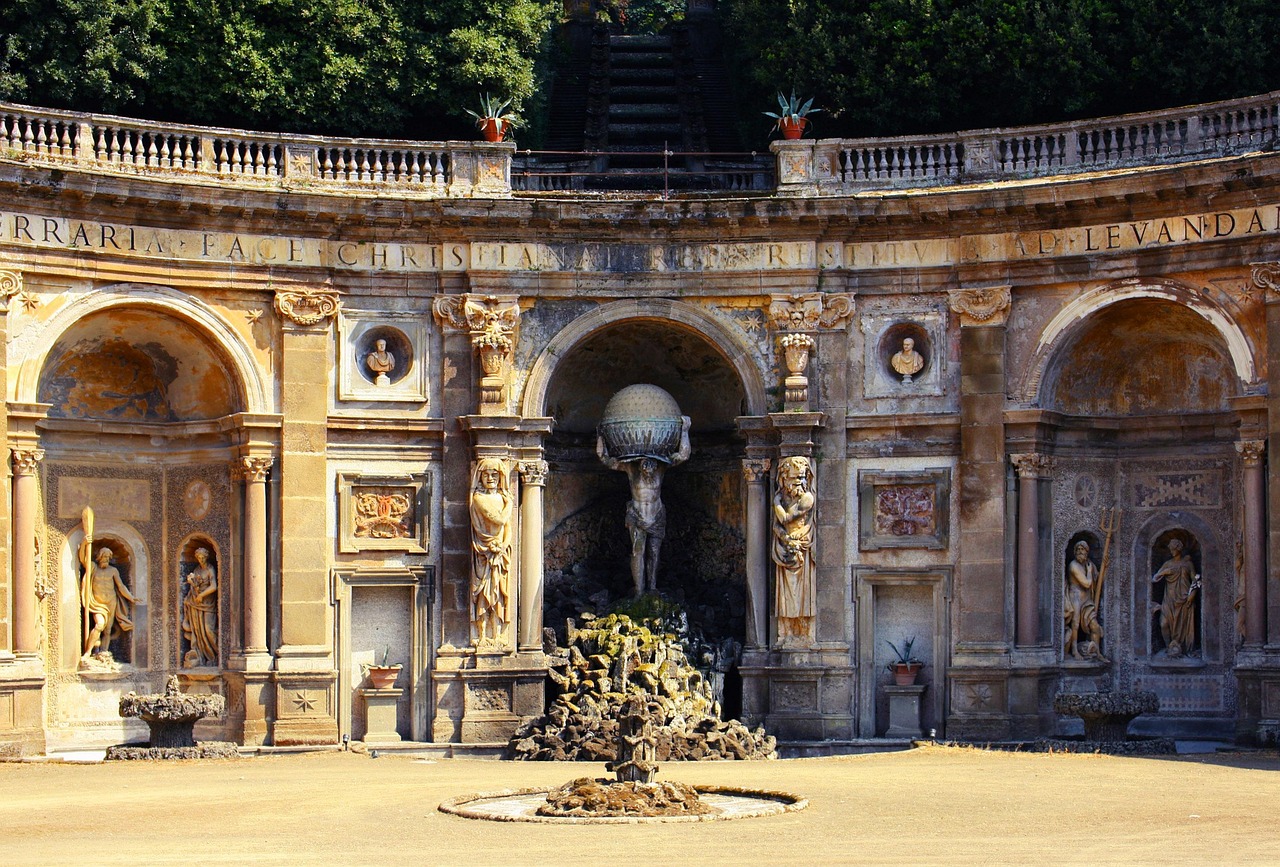
Speaking of wine, I recommend visiting a family-owned vineyard in Frascati. The locals are passionate about their craft and eager to share stories about their traditions while you sample their renowned white wines.
The town center buzzes with energy, especially during weekends when Romans escape the city heat. Small cafés and wine bars offer perfect spots to enjoy a glass of Frascati DOC alongside local cheeses.
Historical Prowess of Castel Gandolfo
Perched above Lake Albano, Castel Gandolfo captured my heart with its blend of religious significance and natural beauty. This small town has served as the Pope’s summer residence for centuries.
The Papal Palace dominates the town’s skyline. Since 2016, it’s been open to visitors like me who want to explore its beautiful gardens and impressive art collection. The Pope’s private apartments offer a fascinating glimpse into papal life.
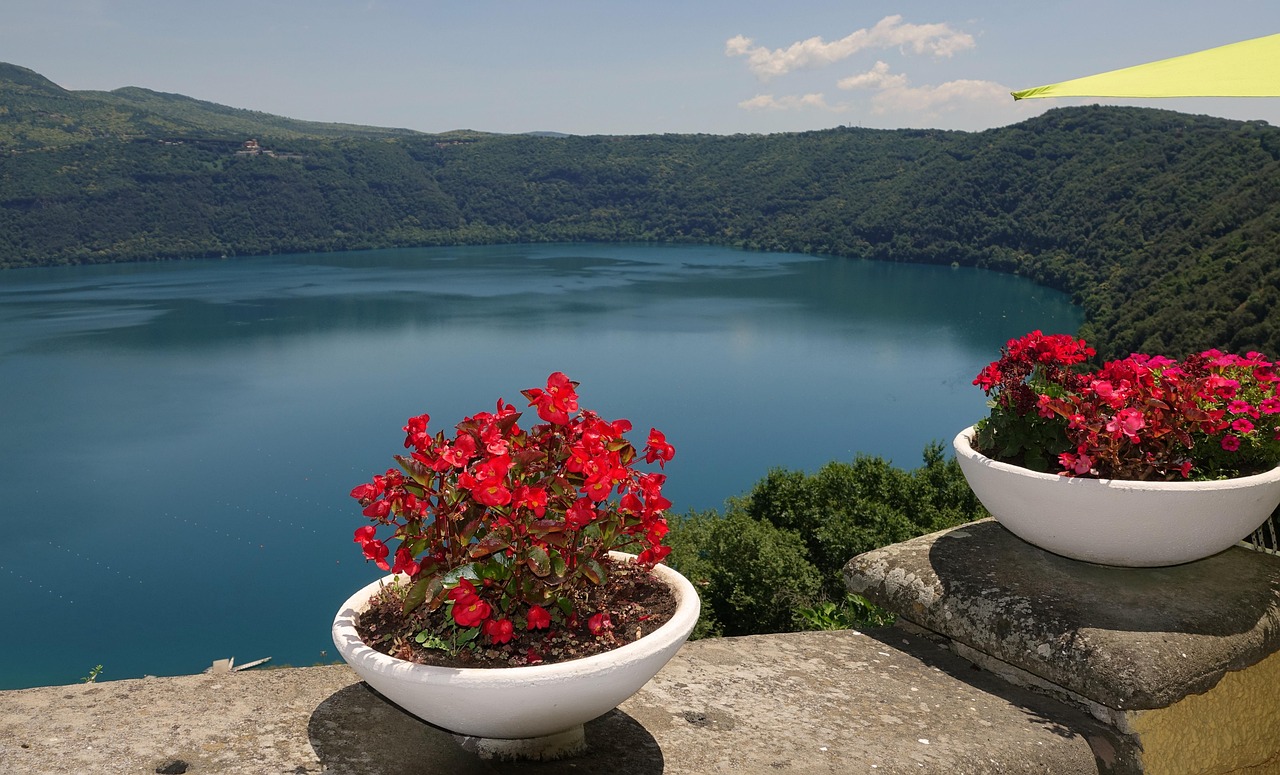
Lake Albano provides a stunning backdrop to the town. I spent a peaceful morning walking along its shores, watching locals row their boats across the volcanic crater lake’s clear waters.
What makes Castel Gandolfo special is its relaxed pace. Despite its historical importance, the town maintains a quiet charm. Small restaurants serve delicious local dishes, and the views from the main square are simply breathtaking.
Natural Escapes: Lakes and Hills Aplenty
The Castelli Romani region offers breathtaking natural landscapes where volcanic lakes mirror the sky and wooded hills provide a refreshing escape from Rome’s urban buzz.
Lake Nemi’s Mystique and Berry Treasures
I discovered Lake Nemi on a spring morning when the mist was just lifting off its surface. This small volcanic jewel sits in a perfect crater, creating an almost mystical atmosphere that’s captivated visitors for centuries.
What makes Lake Nemi truly special is its famous strawberries. These tiny, intensely flavored berries grow on the fertile slopes surrounding the lake. Local vendors sell them fresh during the annual Strawberry Festival in June, where I tasted them dipped in sweet wine.
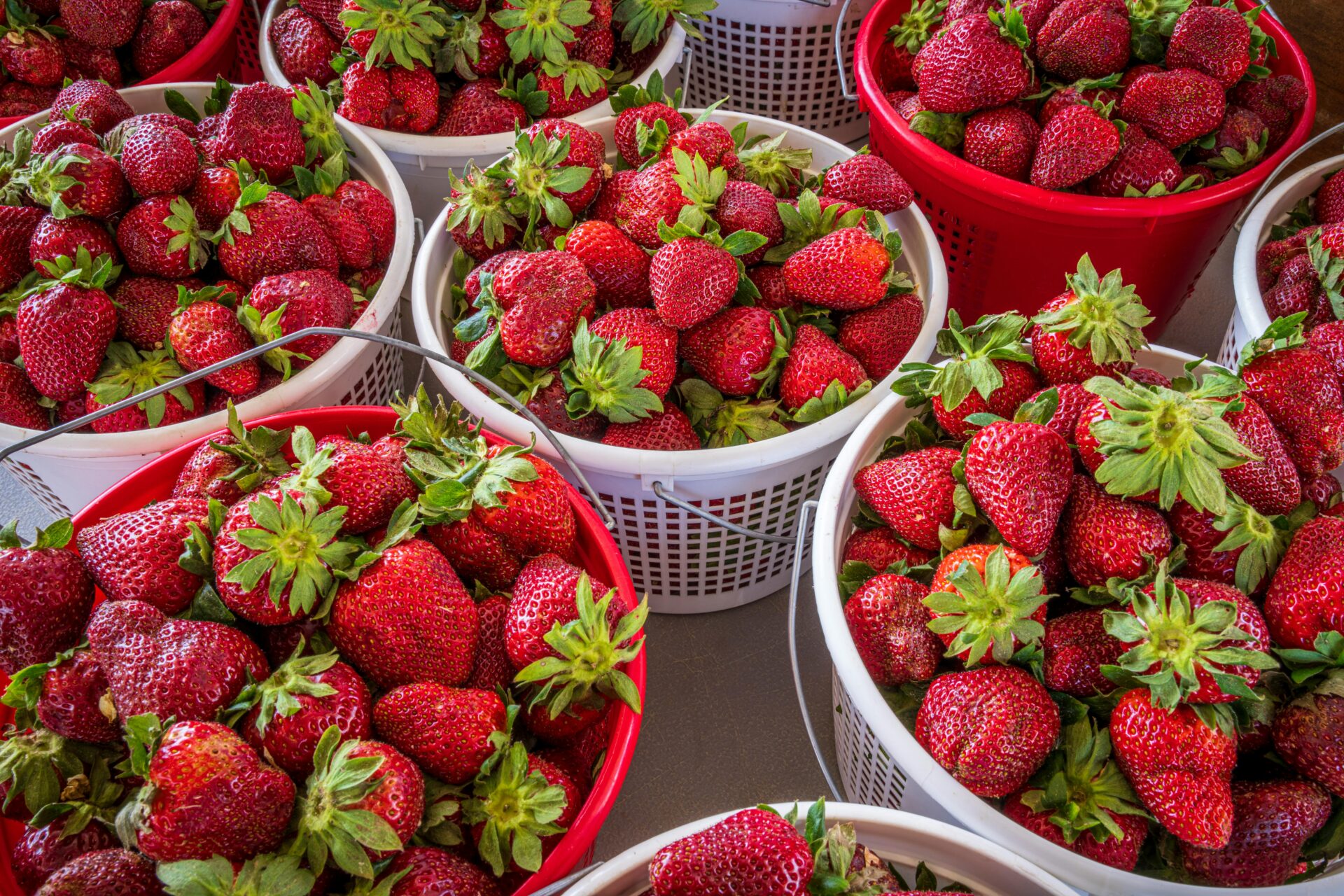
The walking path circling the lake offers stunning views at every turn. I recommend starting at the town of Nemi and following the trail clockwise. You’ll pass ancient ruins and quiet spots perfect for picnics.
Alban Hills Hiking and the Panorama from Monte Cavo
The Alban Hills form the backbone of the Castelli Romani region and are protected within the Parco Regionale dei Castelli Romani. These volcanic formations offer numerous hiking trails for all ability levels.
My favorite hike leads to Monte Cavo’s summit (949m), the highest point in the area. The trail follows parts of the ancient Via Sacra, where Roman generals once marched in triumph. Worn basalt stones still pave sections of this historic path.

At the top, I was rewarded with a panorama that stretched from the Mediterranean Sea to the Apennine Mountains. On clear days, you can see all of Rome laid out before you.
Best hiking trails in the Alban Hills:
- Via Sacra to Monte Cavo (moderate, 3 hours roundtrip)
- Lake Albano Circuit (easy, 2 hours)
- Tusculum Archaeological Area (easy, 1 hour)
Savoring Castelli Romani: Wine Tasting and Local Delicacies
The culinary journey through Castelli Romani offers some of Italy’s most authentic food and wine experiences, all just a short trip from Rome. The region’s vineyards and trattorias showcase flavors that have been perfected over centuries.
The Frascati DOC Experience
I discovered that Frascati isn’t just a town—it’s a renowned wine designation. The Frascati DOC wines are the stars of Castelli Romani, known for their crisp, dry white varieties with subtle fruit notes. During my visit, I joined a small group wine tour (limited to 15 people) that took us through ancient vineyards where families have produced wines for generations.

Many wineries offer guided tastings where you’ll learn about the volcanic soil that gives these wines their distinct mineral character. The experience typically costs around €79, including a vineyard tour and often a chef-prepared meal showcasing local ingredients.
What I loved most was visiting the cellars where wine is still aged in traditional methods. The winemakers are passionate about sharing their craft with visitors!
Culinary Highlights in Marino and Ariccia
Marino’s food scene captivated me with its seasonal festivals and traditional “fraschette” (rustic taverns). These charming spots serve simple but exceptional dishes alongside local wines in a casual atmosphere. During October’s Sagra dell’Uva festival, fountains actually flow with wine instead of water!
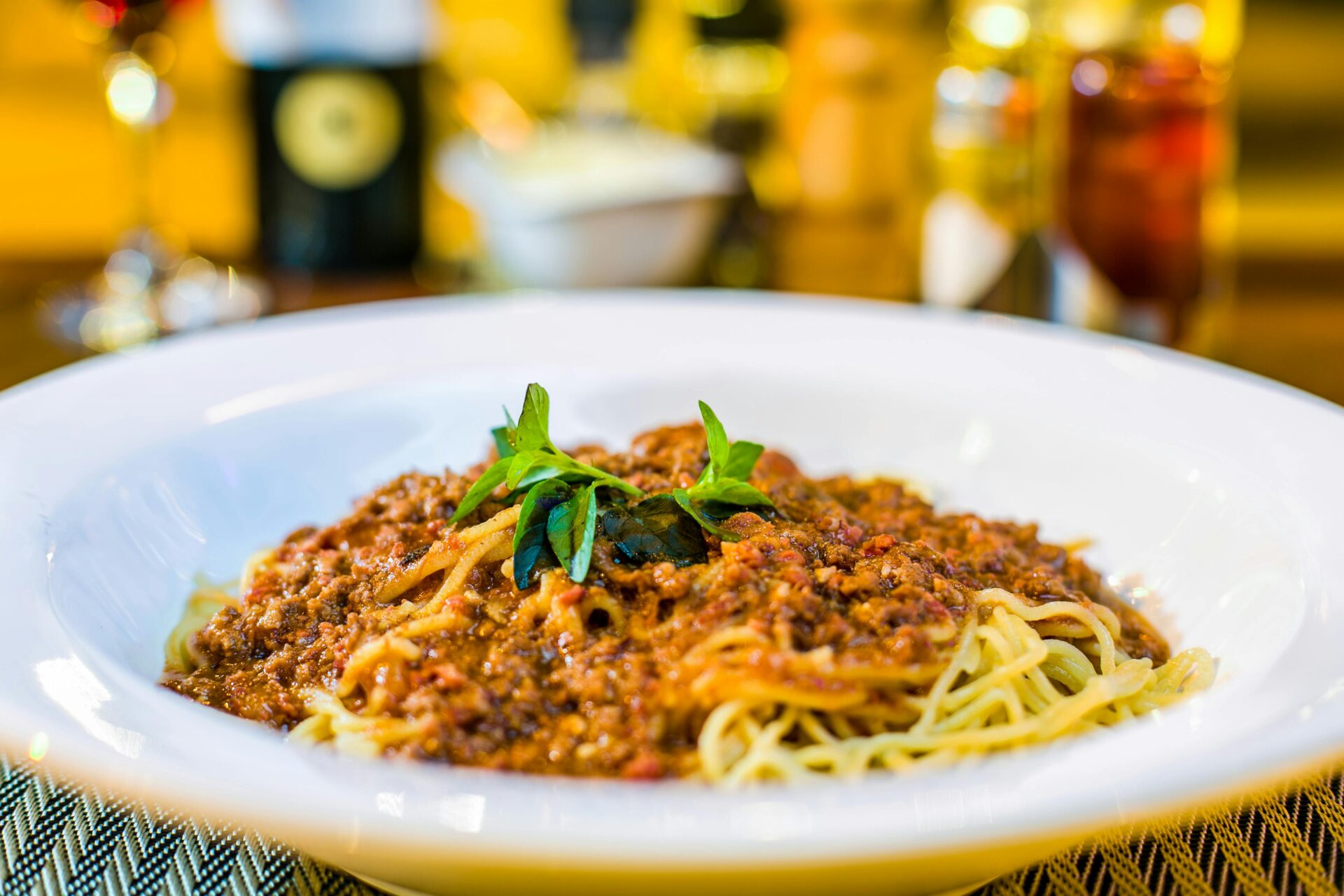
In Ariccia, I found porchetta heaven—the town’s famous herb-roasted pork is a must-try delicacy. The preparation method dates back centuries, with the meat slow-roasted with wild herbs and garlic.
My favorite food experience was a typical lunch in a local “fraschetta” where I sampled:
- Fresh buffalo mozzarella
- Homemade pasta with seasonal sauces
- Local cheeses paired with honey
- The incredible porchetta served on rustic bread

These authentic dining experiences connect you directly to the region’s rich culinary heritage.
Cultural and Historical Insights
The Castelli Romani region is steeped in fascinating history that dates back to ancient Roman times. Each town tells its own story through architecture, traditions, and artistic heritage that have been preserved through the centuries.
Ariccia and the Bridge of Civil Engineering Marvels
Walking through Ariccia, I was immediately struck by its impressive bridge—a true marvel of 19th-century engineering. This imposing structure spans 312 feet across a deep gorge, connecting the town center to the surrounding countryside.
The bridge was designed by architect Giuseppe Valadier and completed in 1854 under Pope Pius IX. What makes it special is its three tiers of arches that rise dramatically from the valley floor.

Nearby, Villa Chigi (once owned by the powerful Chigi family) showcases Baroque architecture at its finest. Designed by Gian Lorenzo Bernini, it’s a testament to the wealthy Roman families who built summer retreats in these hills to escape Rome’s heat.
The town’s historical center still follows the ancient Roman layout, with narrow streets opening onto charming piazzas. During my visit, I noticed how locals still gather at traditional fraschette (rustic taverns) that have served porchetta for centuries.
Grottaferrata: A Nexus of Art and Faith
Grottaferrata captivated me with its Byzantine Abbey of Santa Maria, founded in 1004 by St. Nilus. This unique religious site remains one of the few places in Italy where Greek Orthodox rites are still practiced within the Catholic Church.
Inside the abbey, I discovered incredible 11th-century mosaics and frescoes that blend Eastern and Western artistic traditions. The fortified walls surrounding it—added in the 15th century by Cardinal Giuliano della Rovere (later Pope Julius II)—give the complex a fortress-like appearance.

The abbey’s library houses rare manuscripts and ancient texts, including works from Classical Greece. Many were preserved here during turbulent historical periods when knowledge elsewhere was lost.
During my exploration of the Colli Albani (Alban Hills) area, I found that Grottaferrata sits at a fascinating cultural crossroads. The town has hosted scholars, artists, and pilgrims for over a millennium, creating a unique cultural blend evident in its traditions and festivals.
Accommodation and Relaxation
Finding the perfect place to stay is essential for enjoying the full Castelli Romani experience. The region offers everything from luxury villas to charming guesthouses, all surrounded by stunning natural beauty.
Staying in Style: Villa Mercede and Beyond
I stayed at Hotel Villa Mercede during my visit and was immediately charmed by its elegant atmosphere. This restored historical residence in Frascati offers spacious rooms with panoramic views of the surrounding countryside.
The hotel features a swimming pool perfect for cooling off after a day of wine tasting. What impressed me most was the attentive staff who helped arrange local excursions.

Beyond Villa Mercede, Castelli Romani offers many accommodation options to suit different budgets. Several family-run guesthouses provide authentic experiences with home-cooked breakfasts featuring local ingredients.
Many hotels offer special packages that include wine tours and tastings at nearby vineyards – a great value if you’re planning to explore the region’s famous wines.
Leisure Activities in Albano Laziale and Velletri
Albano Laziale captivated me with its relaxed pace and beautiful setting alongside Lago Albano. I spent a peaceful afternoon paddleboating on the crystal-clear waters. I took in views of Pope’s summer residence.

The lakefront promenade offers several cafés where I enjoyed a gelato while watching locals and visitors stroll by. For nature lovers, hiking trails through Castelli Romani Regional Park provide stunning vistas. They also offer a chance to spot local wildlife.
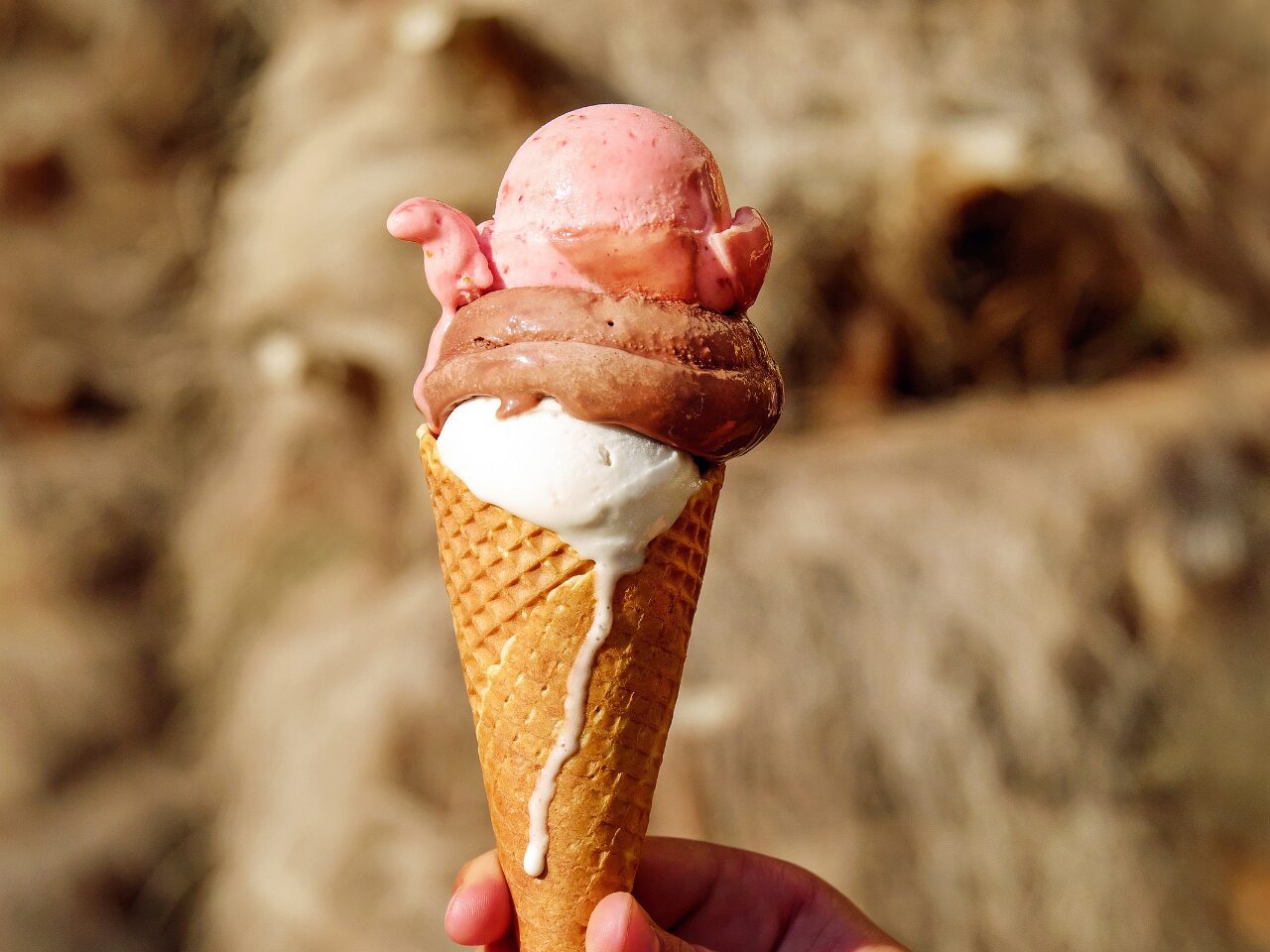
In Velletri, I discovered charming piazzas perfect for people-watching. The town’s thermal spas offer rejuvenating treatments using local volcanic minerals. They are the perfect way to unwind after exploring vineyards.
Cycling is popular throughout the region. Rental shops in most towns offer daily rates for exploring the scenic countryside at your own pace.

